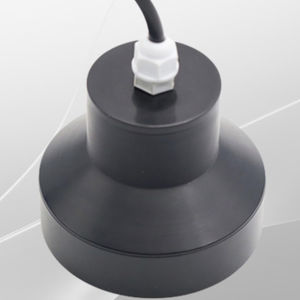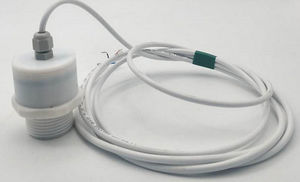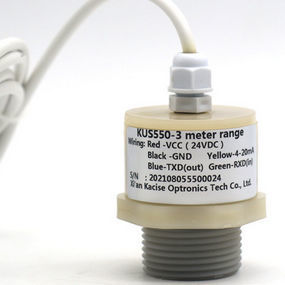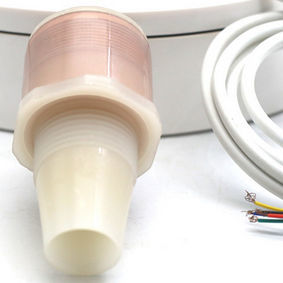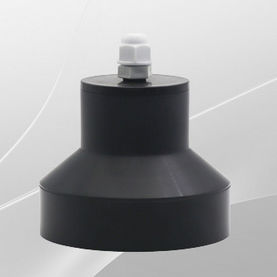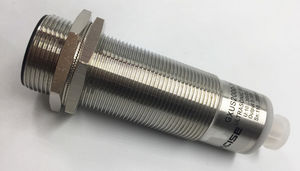
- Detection - Measurement
- Flow, Pressure and Level Measurements
- Ultrasonic level sensor
- Xian Kacise Optronics Co., Ltd.
Ultrasonic level sensor 11105023liquidanalogRS-485


Add to favorites
Compare this product
Characteristics
- Technology
- ultrasonic
- Medium
- liquid
- Interface
- analog, RS-485, CAN
- Level range
Max.: 70 m
(229'07" )Min.: 0.5 m
(1'07" )- Process temperature
Max.: 125 °C
(257 °F)Min.: -55 °C
(-67 °F)
Description
Wide Range 0.5m - 70m 4-20mA / RS485 / Switch Output Ultrasonic Distance Sensor / Ultrasonic Level Sensor
Non-contact measurement
Short response time
With display
Various output optional: switch, analog, or RS485
Level value output or distance output
Introduction
The Ultrasonic sensor uses sound waves to do non-contact and wear-free detection on target subjects. It can be used to detect either transparent or colored objects, metal objects or non-metallic objects, as well as solid, liquid or powdered substance. Ambient conditions such as environmental smoke, dust, environment or rain have very small affect on the detection performance of ultrasonic sensors.
Principle
Transmitting ultrasonic transducer emits ultrasonic pulses propagated to the measured media through communication media, through reflection and then return to the receiving transducer through the acoustic medium, the measured ultrasonic pulse propagates from the transmitter to the receiver in the acoustic medium of time. Then according to the speed of sound in the acoustic medium, it can be considered from the transducer to the media surface distance. To determine the liquid level. Therefore, we can calculate the distance from the probe to the reflecting surface D = C * t / 2 (divided by 2 is because the sound waves from the transmitter to the receiver is actually a round, D is the distance, C is the speed of sound, t is the time).
Other Xian Kacise Optronics Co., Ltd. products
Ultrasonic Transducer Sensor
Related Searches
- Flowmeter
- Liquid flowmeter
- Level limit switch
- Pressure transmitter
- Pressure gauge
- Liquid level limit switch
- Level probe
- Liquid level probe
- Analog pressure transmitter
- Gas flowmeter
- Stainless steel flowmeter
- Analog pressure indicator
- Pressure switch
- Waterproof flowmeter
- Pressure probe
- Industrial flowmeter
- Membrane pressure transmitter
- Float level switch
- Stainless steel pressure transmitter
- Relative pressure transmitter
*Prices are pre-tax. They exclude delivery charges and customs duties and do not include additional charges for installation or activation options. Prices are indicative only and may vary by country, with changes to the cost of raw materials and exchange rates.



